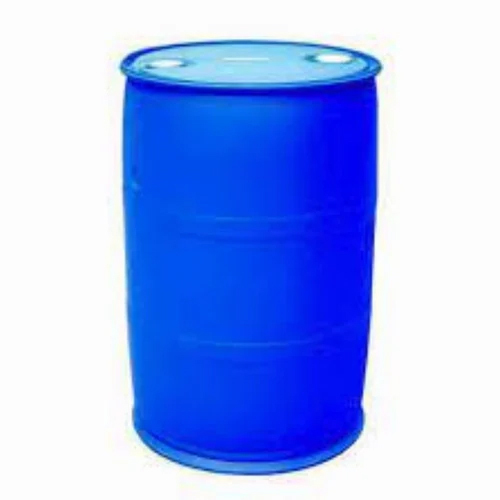

Basic Information
Chemical Formula Csub9subHsub10subClNsub5subOsub2sub
Appearance White to light beige crystalline powder
Mode of Action Acts on the central nervous system of insects by binding to nicotinic acetylcholine receptors causing paralysis and death
Uses
Agriculture Controls pests such as aphids whiteflies leafhoppers thrips and termites on crops like rice cotton sugarcane vegetables and fruits
Seed Treatment Commonly used to protect seeds during germination
Veterinary Used in pet products eg flea control for dogs and cats
Common Formulations
Imidacloprid 178 SL Soluble Liquid
Imidacloprid 305 SC Suspension Concentrate
Imidacloprid 70 WG Water Dispersible Granules
Imidacloprid 48 FS Flowable concentrate for Seed treatment
Toxicity Safety
For humans Low to moderate toxicity May cause eye or skin irritation
Environmental concerns
Highly toxic to bees a major reason for scrutiny and restrictions in some countries
Moderate aquatic toxicity
